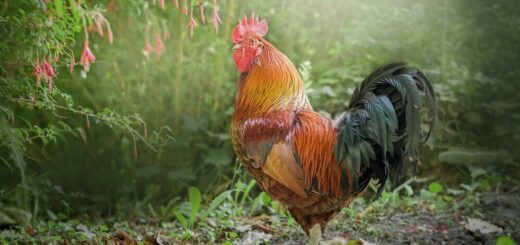Exploring The Fascinating Mechanisms Of Frog Respiration
How Do Frogs Breathe?
Frogs, with their diverse species found across the globe, have long captivated the curiosity of biologists and nature enthusiasts alike. One of the most intriguing aspects of frog physiology is their unique respiratory system. Unlike mammals, which primarily rely on lungs for breathing, frogs employ a combination of lungs, skin, and specialized structures to facilitate respiration. In this article, we delve into the intricate mechanisms that enable frogs to breathe and thrive in their habitats.

I. Anatomy of Frog Respiration:
Frogs possess a remarkable respiratory system adapted for both aquatic and terrestrial environments. At the core of this system are their lungs, which play a vital role in oxygen exchange. However, unlike mammalian lungs, frog lungs are relatively simple in structure, consisting of thin-walled sacs connected to the throat. These lungs are efficient at exchanging gases but are not as extensive or developed as those of mammals.
II. Cutaneous Respiration:
In addition to lung respiration, frogs engage in cutaneous respiration, which involves the exchange of gases through their skin. Frog skin is highly permeable to gases, allowing oxygen to diffuse directly into the bloodstream while facilitating the removal of carbon dioxide. This process is particularly crucial for frogs living in aquatic environments or during times of low oxygen availability.
III. Buccal Pumping:
Another fascinating aspect of frog respiration is buccal pumping, a mechanism employed during breathing. Frogs lack a diaphragm, so they rely on the rhythmic movements of their throat and mouth muscles to draw air into their lungs. This process involves the expansion and contraction of the buccal cavity, creating a pumping action that facilitates gas exchange.
IV. Adaptations for Aquatic Respiration:
Certain frog species have evolved specialized adaptations for aquatic respiration. For example, aquatic frogs often have larger and more vascularized skin surfaces to enhance cutaneous respiration underwater. Additionally, some species possess modified lungs or gills that enable them to extract oxygen from water more efficiently.
Conclusion:
The respiratory system of frogs exemplifies the remarkable diversity and adaptability of amphibian physiology. Through a combination of lung respiration, cutaneous respiration, and buccal pumping, frogs have evolved effective strategies for obtaining oxygen and thriving in various habitats. Understanding these mechanisms not only provides insight into frog biology but also sheds light on broader questions regarding respiratory evolution in vertebrates.
FAQs:
Q: Can frogs breathe underwater?
A: While frogs cannot breathe underwater like fish, they can absorb oxygen through their skin, facilitating respiration in aquatic environments. Some frog species also have adaptations such as modified lungs or gills that aid in underwater breathing.
Q: Do all frogs rely on cutaneous respiration?
A: While cutaneous respiration is important for most frog species, its significance varies depending on the habitat and environmental conditions. Aquatic frogs typically rely more heavily on cutaneous respiration, while terrestrial species primarily use lung respiration.
Q: How do frogs breathe during hibernation?
A: During hibernation, frogs have reduced metabolic rates and oxygen requirements. They may rely on cutaneous respiration or absorb dissolved oxygen from the water or moist surroundings. Some species can also tolerate periods of reduced oxygen availability by entering a state of dormancy.




